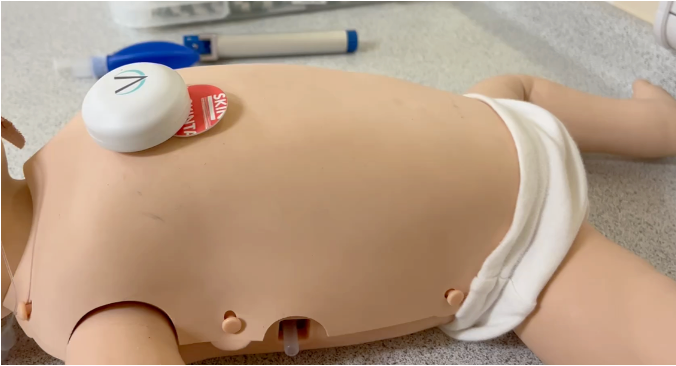Emergency services tender worth £1.2bn
- 28 April 2014

The Home Office has issued a tender for an emergency services communications network worth up to £1.2 billion which will cover 13 ambulance trusts.
The tender has been produced by the Emergency Services Mobile Communications Programme, a cross-government, multiagency programme sponsored by the Home Office to provide the new emergency services network.
The network, which is intended to be “cheaper, better and smarter” than its predecessor, will cost between £555m and £1.2 billion, and will start to replace the current emergency communication services provided by Airwave from the end of 2016.
The tender says the network will be required to deliver integrated critical voice and broadband data services to all three emergency services in England, Wales and Scotland, with approximately 250,000 operational staff across 112 organisations.
It says the network must provide the full coverage, resilience, security and public safety functionality that the emergency services need.
The network will also need to provide access to 50,000 staff at more than 400 other organisations that use the current service, such as government departments, local authorities and other public safety bodies.
The tender is divided into four separate lots.
The first lot is focussed on providing transition support, user support and cross-lot integration.
The second lot deals with systems integration and technical user services such as providing public safety communications services and applications, providing the necessary telecommunications infrastructure, user device management, customer support and service management.
Lot three is for a mobile network operator to provide a “resilient” and “enhanced” mobile communications service with highly available full coverage, while lot four is to provide extended coverage as a neutral host to expand the lot three network.
The contract lengths vary, with five-and-a-half year contracts for lots one and three, a six-year contract for lot two and a 15-year contract for lot four with an optional break point after seven years.
At least three and no more than six operators will be invited to tender for each lot, with restrictions in place on how many lots a single provider can successfully bid for.
All tenders must be submitted by 15 May, with successful bidders to be informed by 18 June.
The procurement process is expected to be completed by April 2015, with service delivery set to start from late 2016 as existing service contracts begin to expire.




